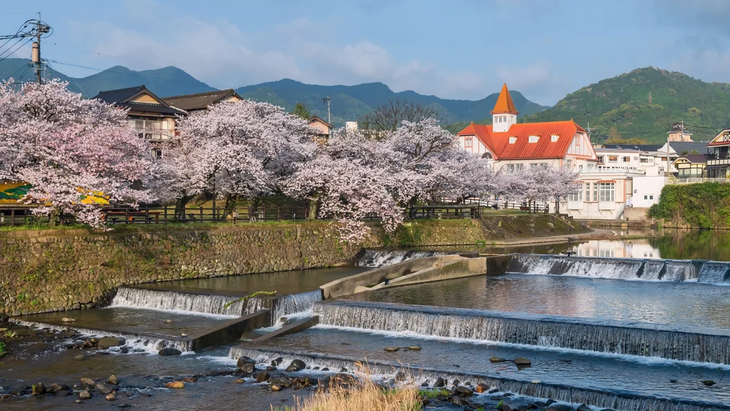
Siebold no Yu public bathhouse amidst the brilliant cherry blossoms at Ureshino onsen park, Saga prefecture, Japan - Photo: CNN
According to CNN, Japan has up to 27,000 natural hot springs. Bathing in an onsen is one of the ideal experiences in this country. However, now some onsen towns are running out of water due to the boom in tourism. Especially in Ureshino town, a famous onsen town in Saga prefecture.
In the past, Ureshino town mainly attracted domestic tourists. But now, with millions of international tourists coming to Japan, the town is becoming increasingly crowded.
Local authorities warn that the surge in visitors has led to overuse of onsen at traditional inns (ryokan) and hotels.
According to a report by NHK, the average water level at the Ureshino onsen source dropped to a record 39.6 meters last year, down 20 percent from 50 meters four years ago.
Ureshino Mayor Daisuke Murakami said the water supply is still available, but he urged lodging establishments to limit the use of private onsen baths at night.
Private onsen baths are especially popular with international visitors. Public onsen require guests to bathe completely naked. Many foreign visitors find them unfamiliar or intimidating.
So while admission to a public onsen costs around $3, many people are willing to pay hundreds of dollars for a private bath in their hotel room. This demand means more water needs to be pumped to each private room, putting pressure on supplies.
The water shortage is not only happening in Ureshino town but also spreading to many other onsen areas such as Niseko village in Hokkaido island - where the hot spring water level has dropped by 15m in the past three years.
Aside from tourism, aging infrastructure and deteriorating pipes are also responsible for unnecessary water loss. Akihiro Otsuka, a researcher at the Chuo Onsen Research Institute, noted that many onsen facilities are not properly maintained, leading to significant water loss.
Local governments are seeking to strike a balance between protecting natural resources and developing tourism, ensuring onsen remain a unique experience for both domestic and foreign visitors.
According to data from the Japan National Tourism Organization, in 2024, Japan welcomed a record number of international tourists, reaching 36.8 million.
Hot springs - Japan's natural treasures
The traditional Japanese onsen bathing experience is believed to have many health benefits, from reducing mental stress, relaxing muscles to improving skin conditions.
However, not all hot springs are recognized as onsen. Japan has strict laws regarding this type of hot spring, as it is considered a natural treasure.
According to Japan's onsen law, hot spring water must be naturally heated by geothermal energy and have a temperature of at least 25°C when it flows to the surface. In addition, the water must contain certain minerals to be recognized as an onsen.
Source: https://tuoitre.vn/suoi-nuoc-nong-nhat-ban-can-kiet-do-qua-tai-khach-du-lich-20250327134224904.htm


![[Photo] Ministry of Defense sees off relief forces to the airport to Myanmar for mission](https://vstatic.vietnam.vn/vietnam/resource/IMAGE/2025/3/30/245629fab9d644fd909ecd67f1749123)
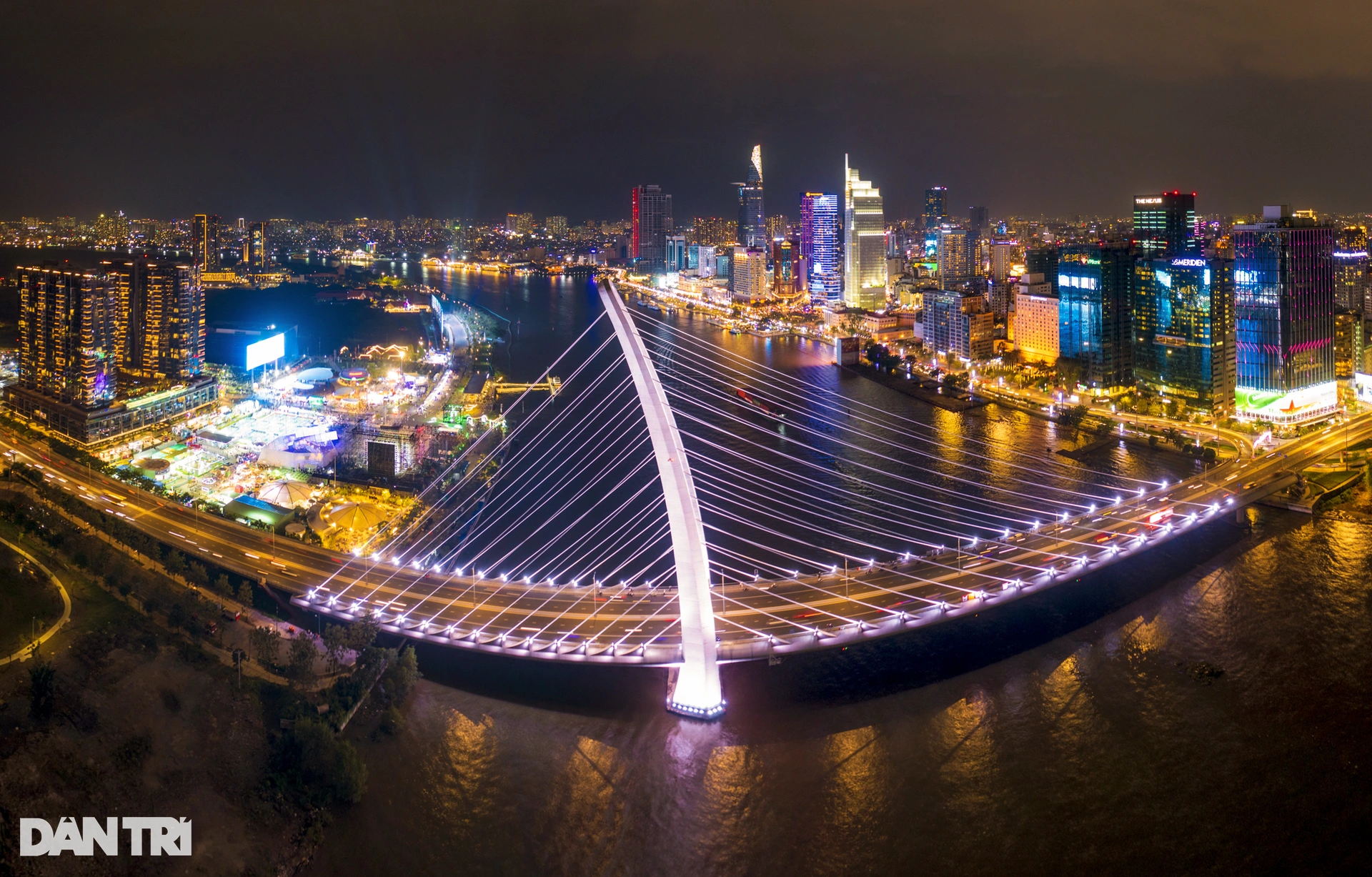

![[Photo] Prime Minister Pham Minh Chinh chairs meeting to remove difficulties for projects](https://vstatic.vietnam.vn/vietnam/resource/IMAGE/2025/3/30/7d354a396d4e4699adc2ccc0d44fbd4f)
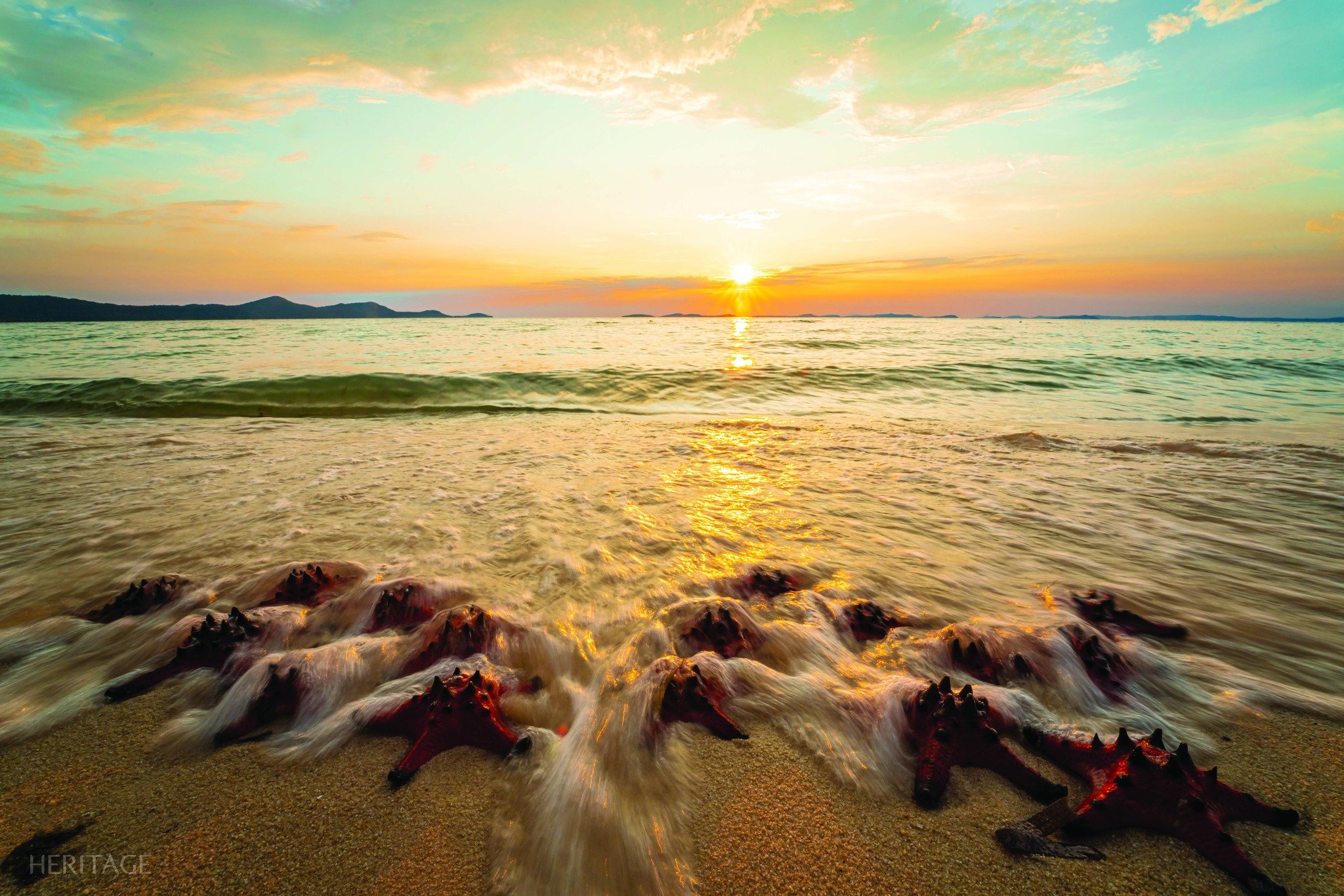
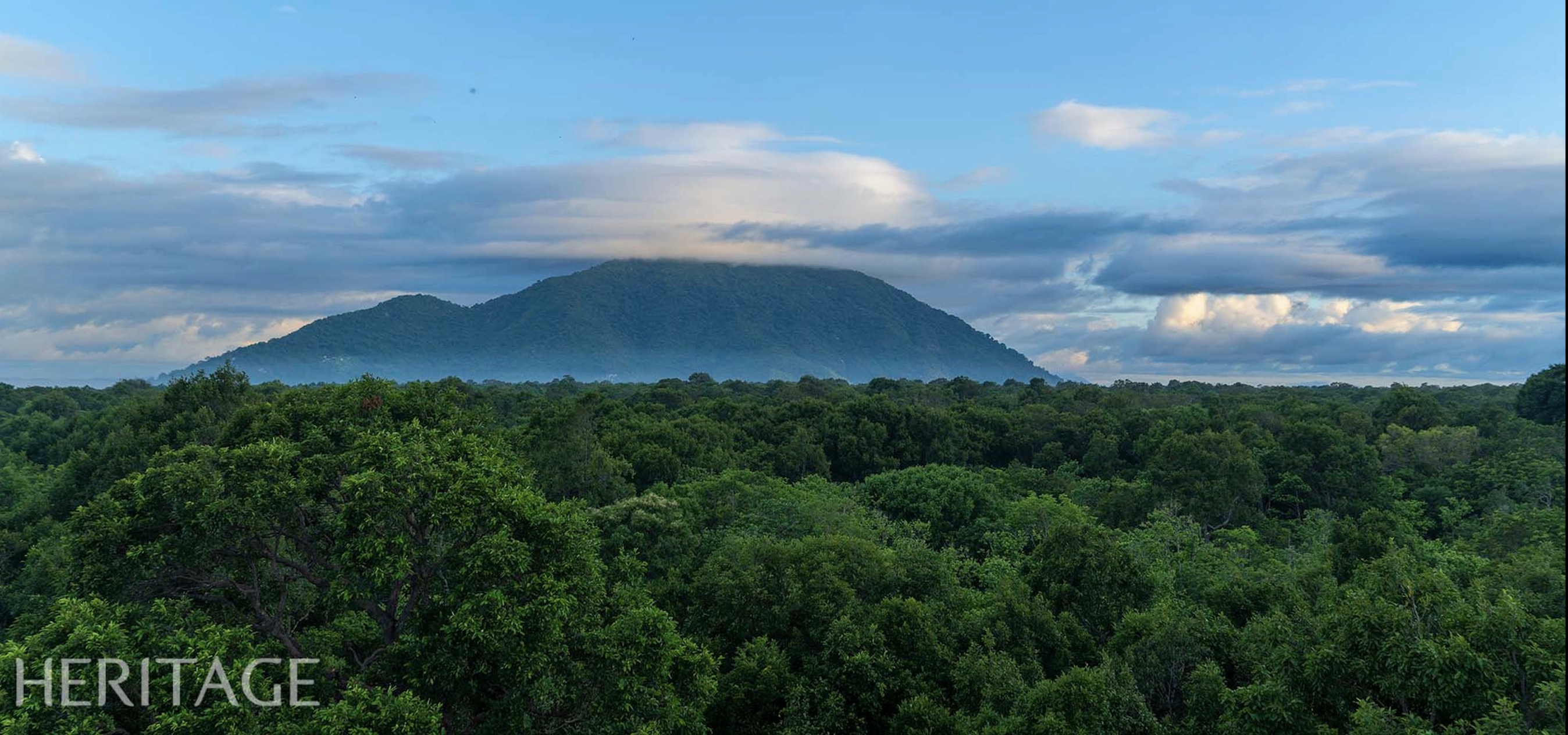

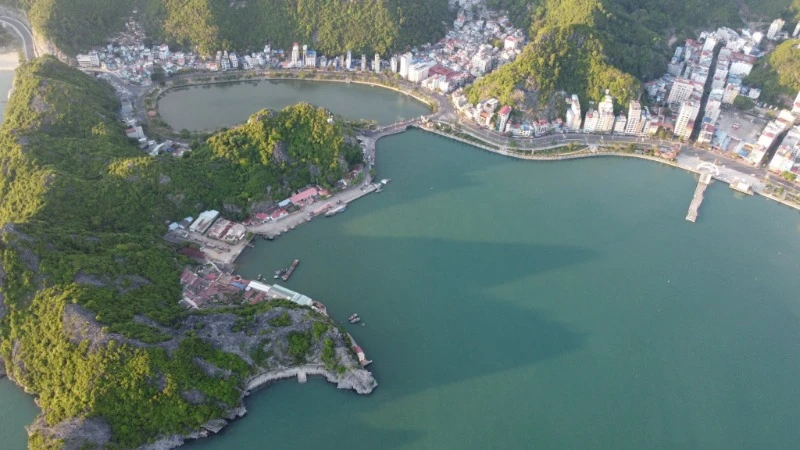
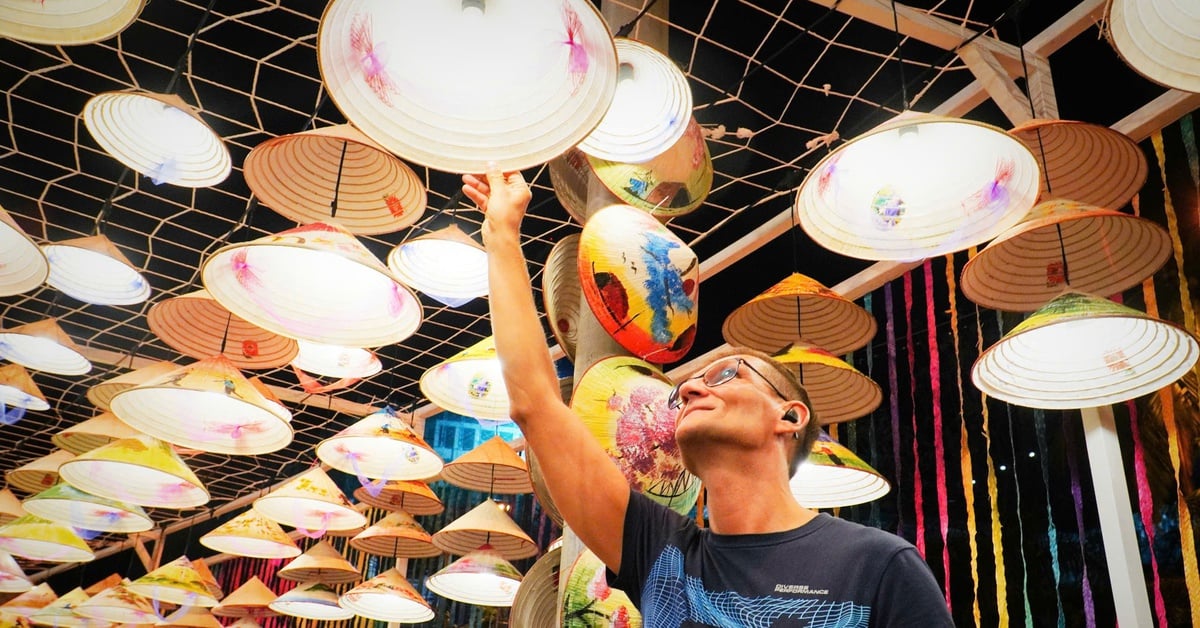

![[Photo] Lotus leaf conical hat, a special gift for tourists to Hue](https://vstatic.vietnam.vn/vietnam/resource/IMAGE/2025/3/30/2c6277a8b05e4415a1ff5d92375c73f4)









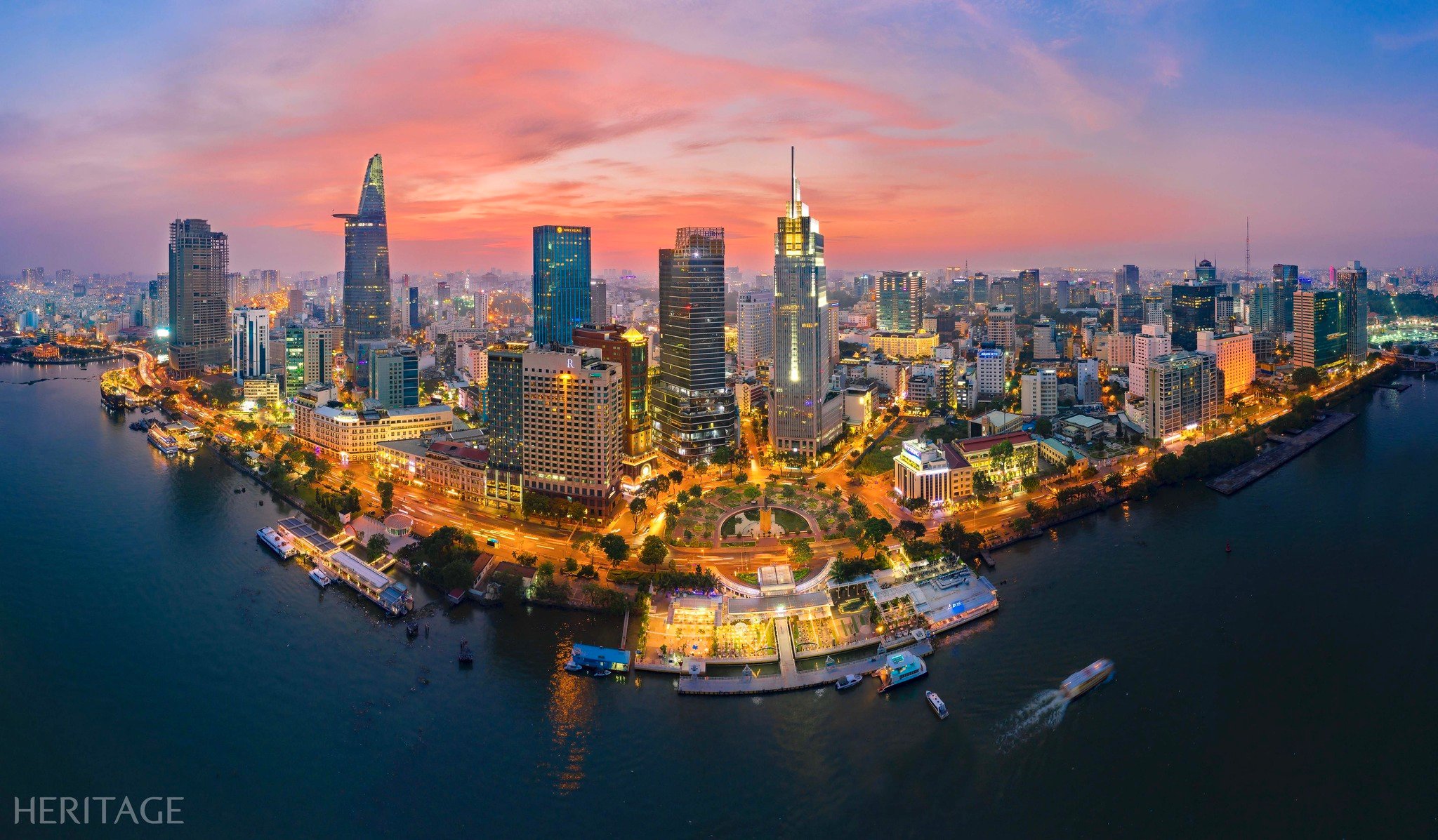



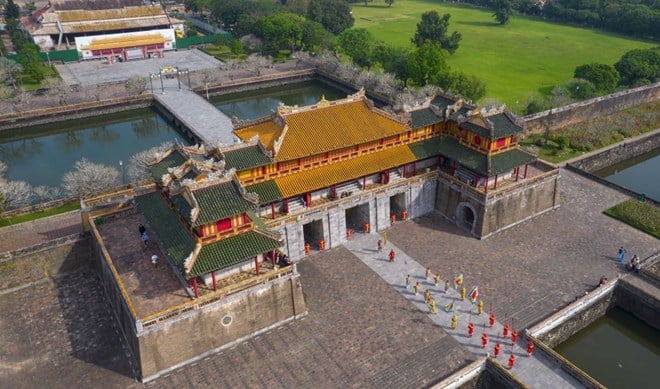



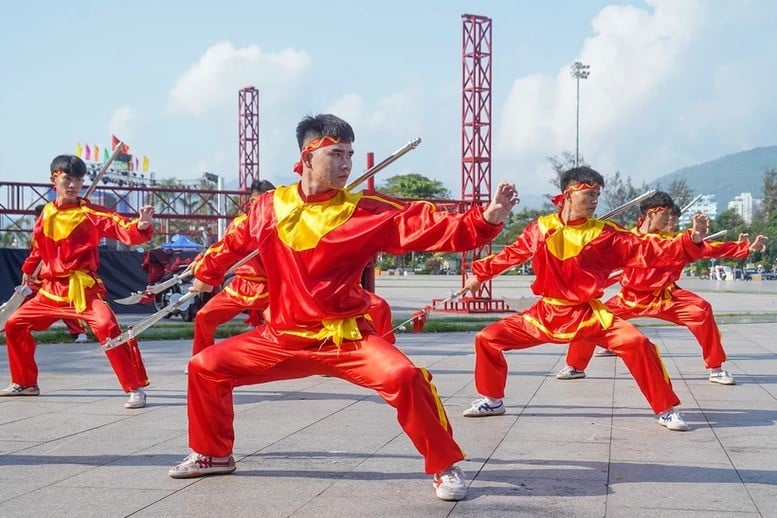





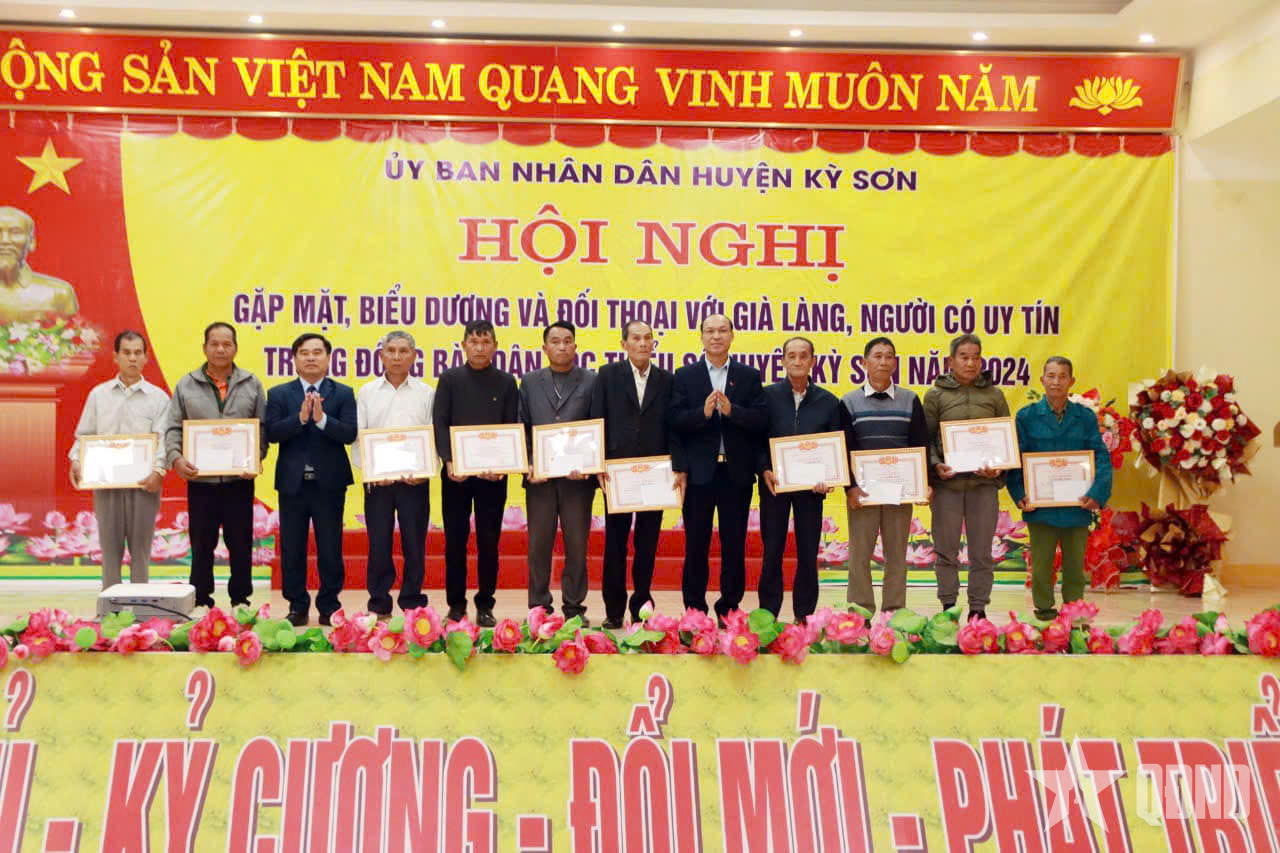



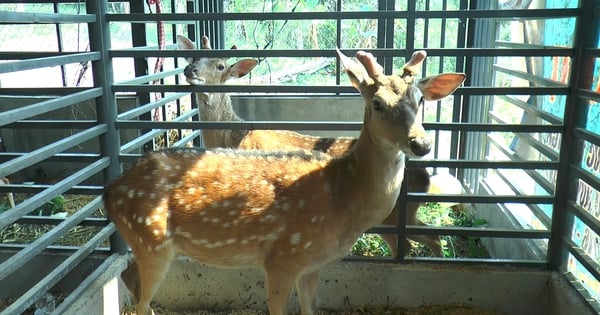



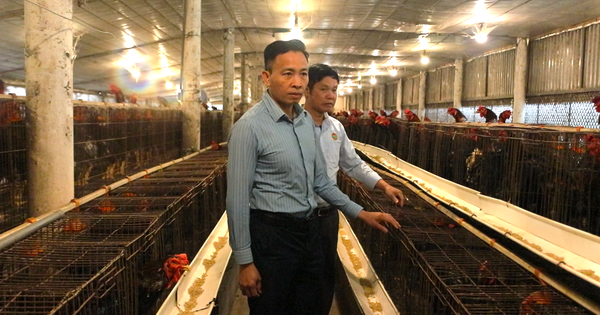



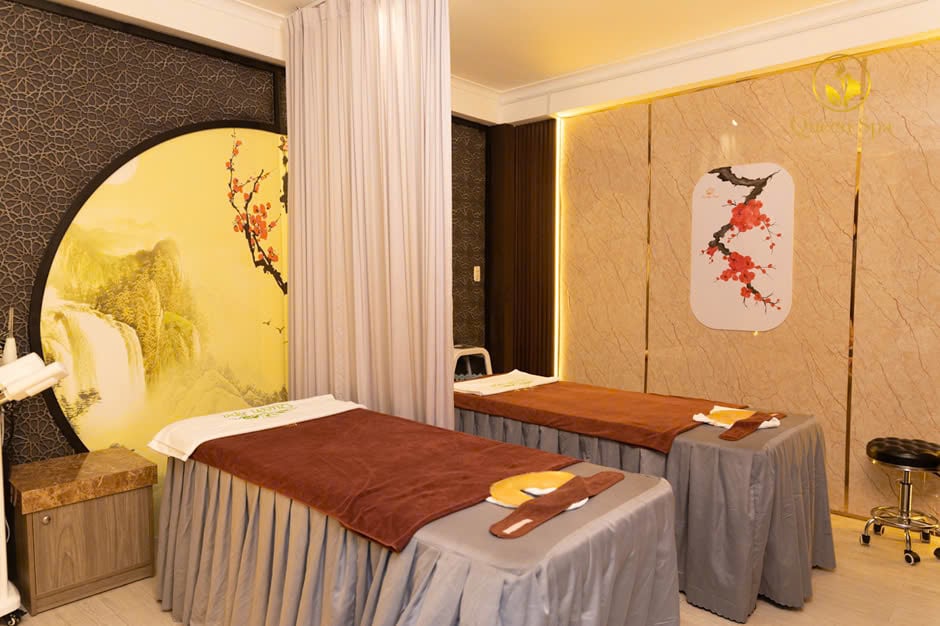

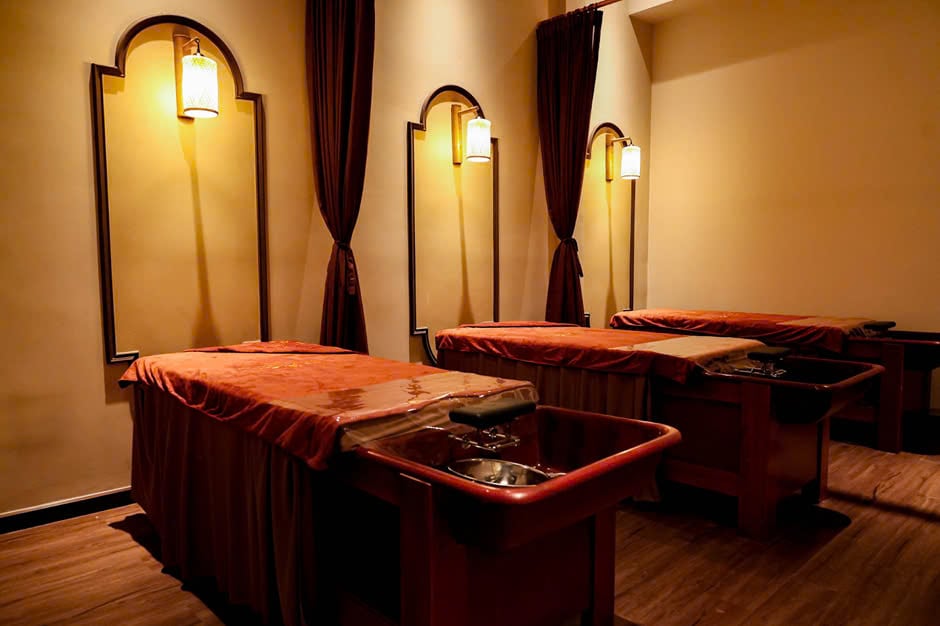







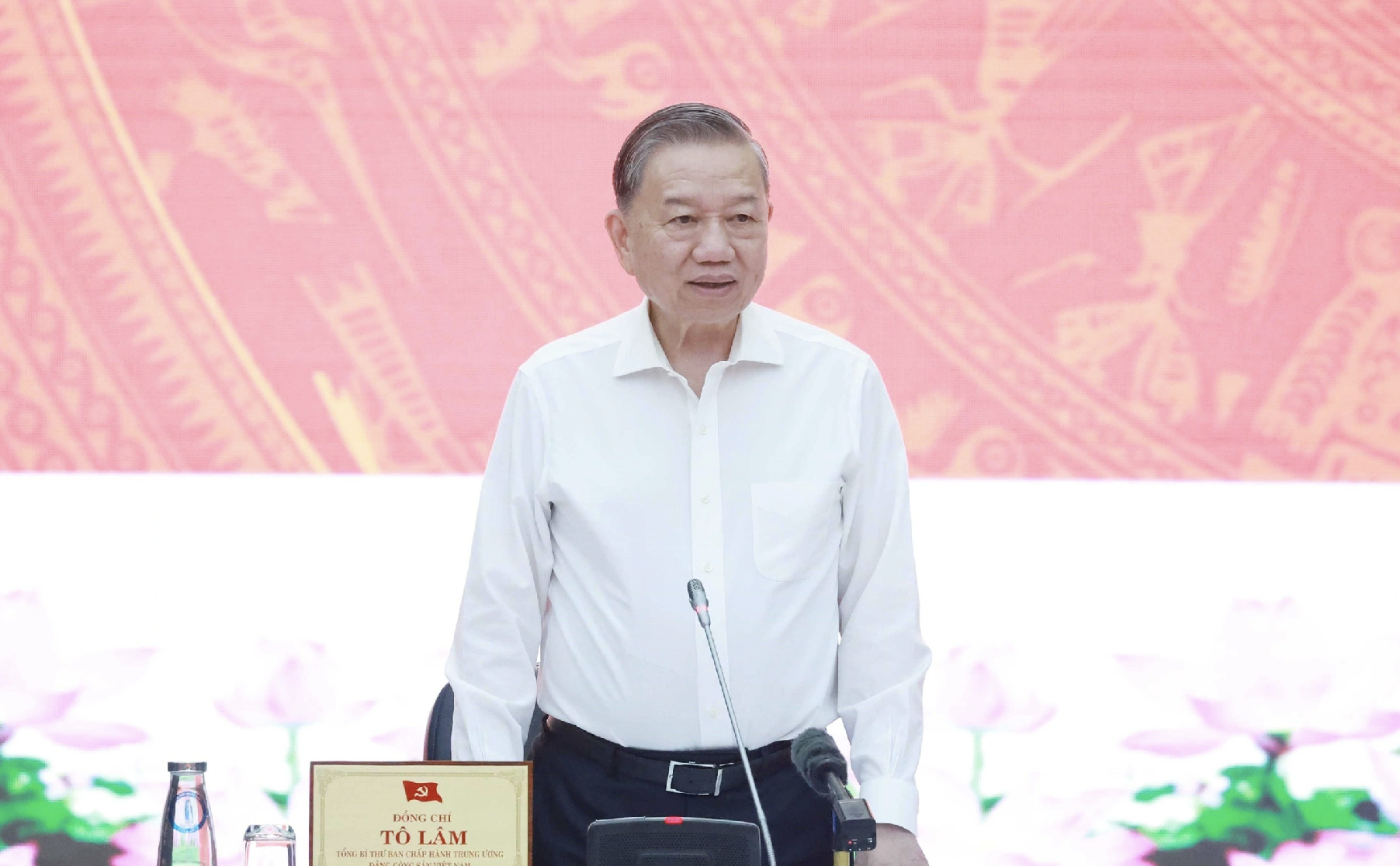






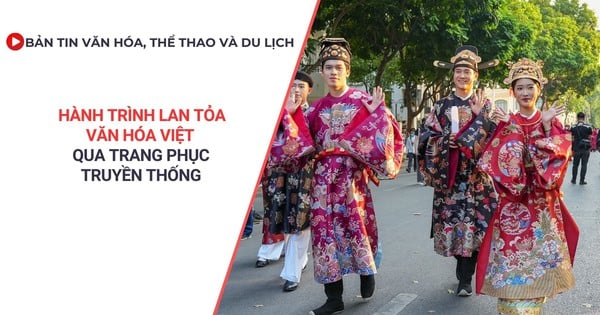





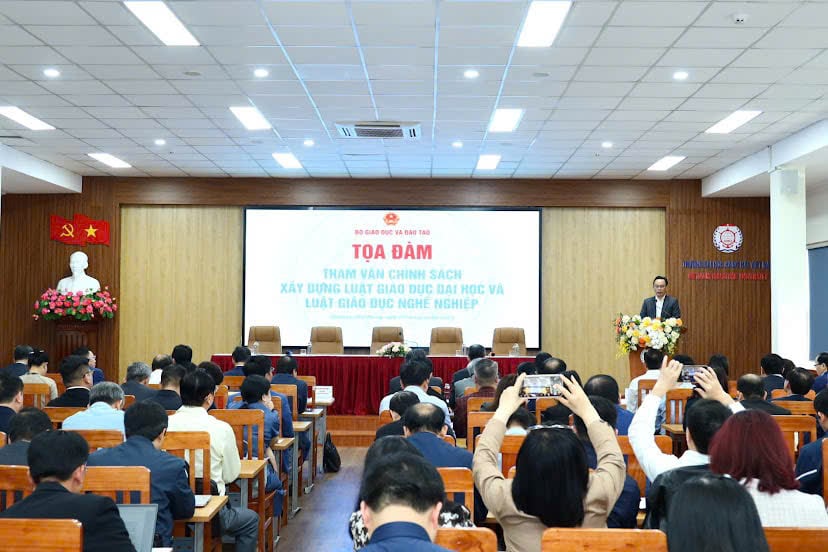



![[Podcast]. Always love buffalo... jackfruit leaves](https://vstatic.vietnam.vn/vietnam/resource/IMAGE/2025/3/30/1da4254329ba4bc79e0d9905dbc2a52b)



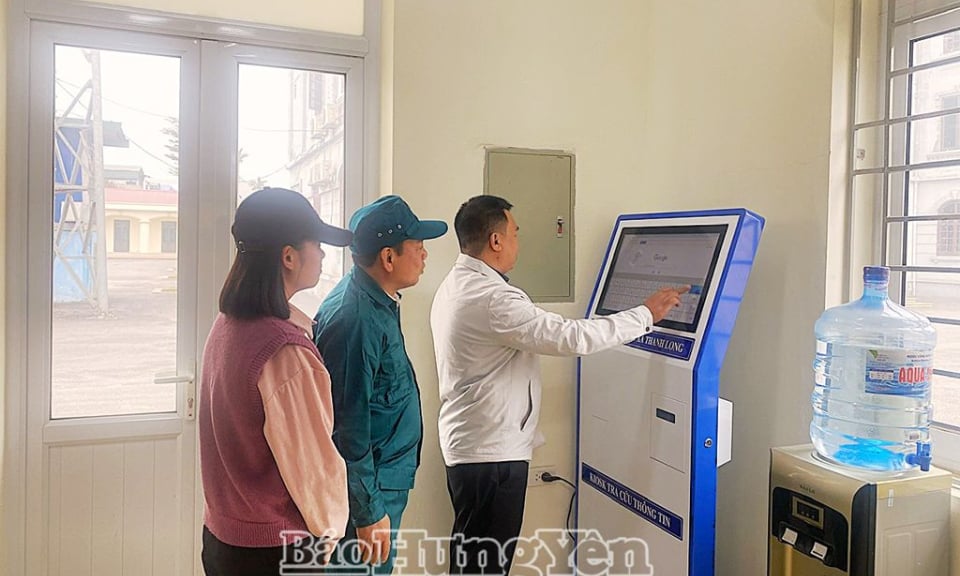




![[REVIEW OCOP] An Lanh Huong Vet Yen Cat](https://vstatic.vietnam.vn/vietnam/resource/IMAGE/2025/3/27/c25032328e9a47be9991d5be7c0cad8c)



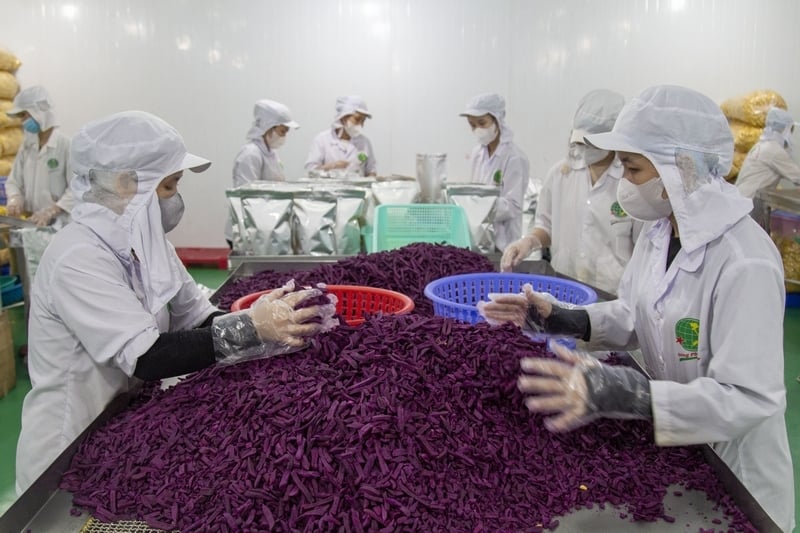



Comment (0)